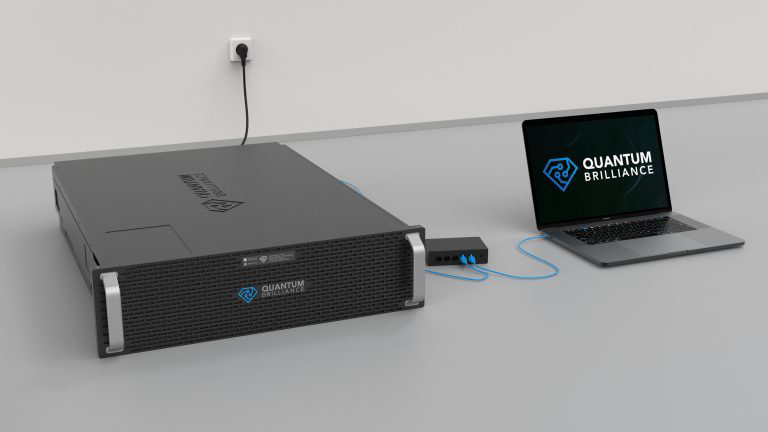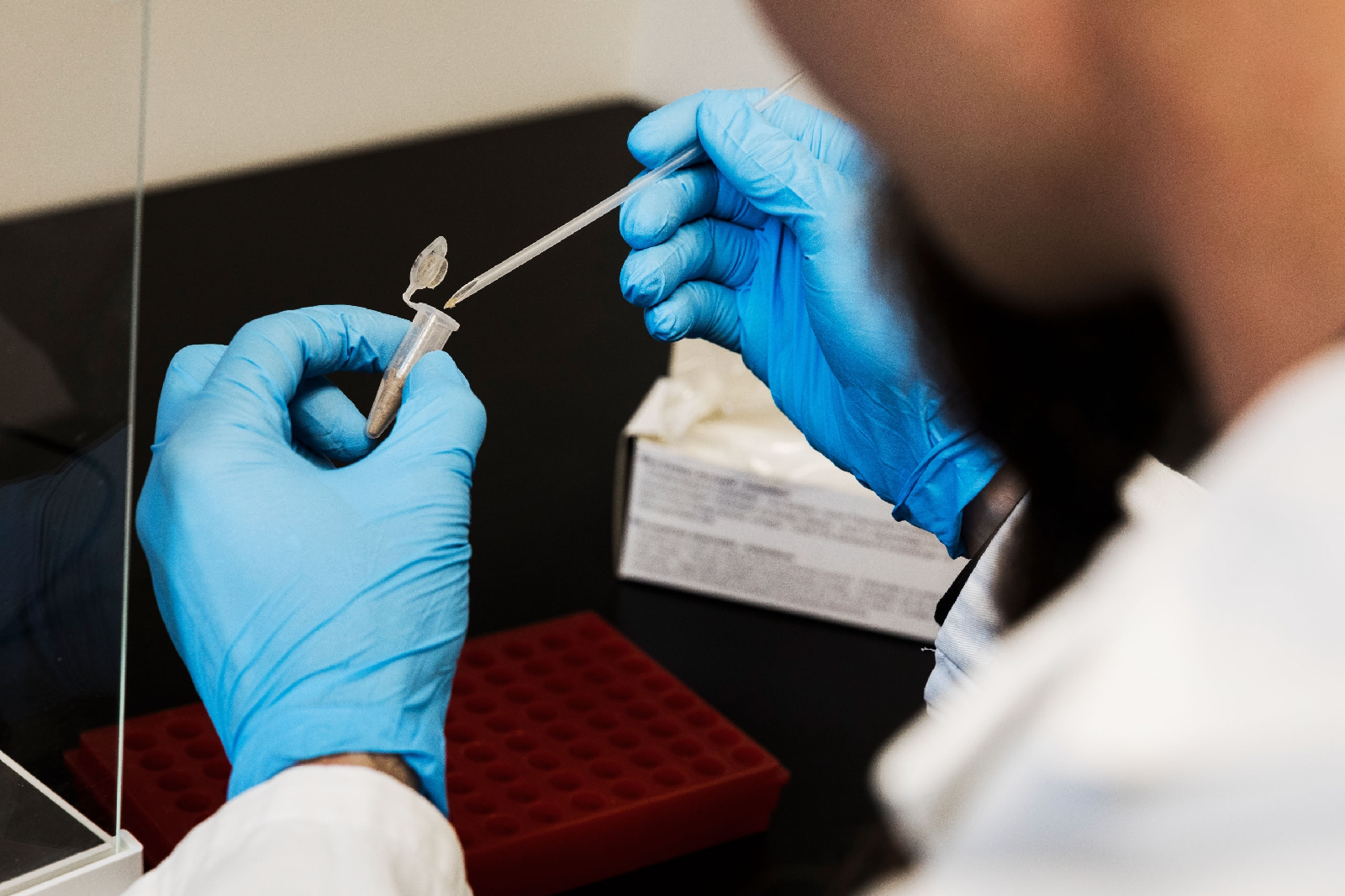Breakthrough: Quantum computers will soon fit in your phone

The technology received a vote of confidence from investors today, as 2 -year-old stealth startup Quantum Brilliance raised a nearly $10m seed funding round from a consortium of investors led by Main Sequence Ventures and the founders of QxBranch, the Australian quantum services company acquired by Rigetti. The funding will speed the commercialisation of the technology, which Andrew Horsley, CEO of the Australian-German startup, says could dramatically change the way quantum computing can be used. “It is simplifying the quantum computer and turning it into something that can sit in an ordinary server rack next to classical computers. Most quantum computers are giant mainframes; these will eventually be small enough to be embedded in mobile devices,” Horsley told Sifted. “The miniaturisation potential is huge.” So is the volume of quantum computers that could be created using this technique. “We are thinking about volumes in millions.” “We are thinking about volumes in millions, not the



